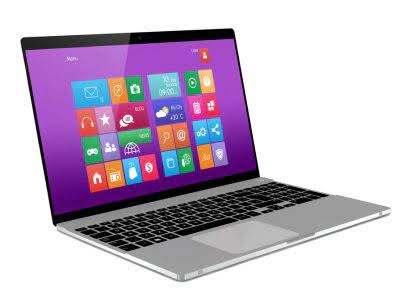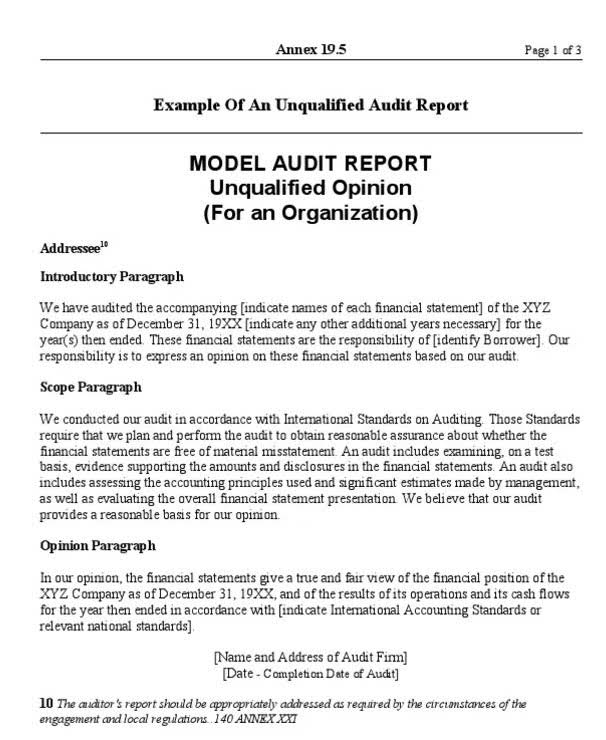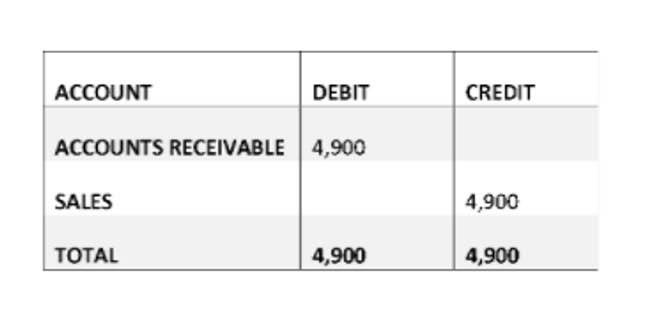Bookkeeping
Rules of Debit and Credit for Traditional and Modern Accounts Classification

It can also help you reconcile your bank accounts, generate financial reports, and keep track of expenses without all the manual work. Ultimately, the right accounting software can help you stay more organized, reduce errors, and give you a better picture of your company’s financial health. Managing debits and credits by hand can take up a lot of time and leave room for mistakes. That’s why accounting software is so useful; it handles both sides of your transactions with just a few clicks. The owner’s equity and shareholders’ equity accounts are the common interest in your business, represented by common stock, additional paid-in capital, and retained earnings.
- With us, you’ll know your business so you can grow your business.
- These technologies have automated data entry, reconciliation, and fraud detection, enhancing efficiency and accuracy.
- On the other hand, paying an account payable causes a decrease in cash and a decrease in accounts payable (a “-/-” outcome).
- These rules ensure consistency and structure in recording transactions, which is vital for accurate financial records.
- Both approaches serve the same purpose of ensuring accurate financial record-keeping.
- For example, if you stock up on new inventory, more resources are coming into your company.
Rule 1: Debits Increase Expenses, Assets, and Dividends
For example, let’s say you need to buy a new projector for your conference room. Since money is leaving your business, you would enter a credit into your cash account. You would also enter a debit into your equipment account because you’re adding a new projector as an asset. And as a result, you’re able to effectively manage cash flow, avoid overspending, secure loans, and make better decisions. For example, a contra asset account would be connected to the liabilities side, and a contra liabilities account would be connected to the asset side.
Revenue and Expenses
Recognizing current liabilities—due within a year—and long-term liabilities, which extend beyond a year, is essential. This depends on the area of the balance sheet you’re working from. For example, debit increases the balance of the asset side of the balance sheet. That rule reverses for the liabilities side of rules of debits and credits the sheet. In this case, the $1,000 paid into your cash account is classed as a debit.
Use accounting software

Understanding liabilities is crucial because they represent claims against your business’s assets. Supplies that are on hand (unused) at the balance sheet date are reported in the current asset account Supplies or Supplies on Hand. It also shows that the bank earned revenues of $13 by servicing the checking account. If you are new to the study of debits and credits in accounting, this may seem puzzling. After all, you learned that debiting the Cash account in the general ledger increases its balance, yet your bank says it is crediting your checking account to increase its balance. Similarly, you learned that crediting the Cash account in the general ledger reduces its balance, yet your bank says it is debiting your checking account to reduce its balance.

Let’s assume that a friend invests $1,000 into your business. Immediately, you can add $1,000 to your cash account thanks to the investment. Using credit is different because it means you exceed the finances available to your business. Instead, you essentially borrow money, similar to how you would with a bank loan. Debits and credits seem like they should be 2 of the simplest terms in accounting. They are the distribution of earnings to the owners that reduce equity.

Accounts Receivable Solutions
The total amount you debit must always equal the total amount you credit. When money or value goes out, the company credits the asset. Modern accounting software automates these processes to save time and reduce errors. Equity is the owner’s share after subtracting liabilities from assets. Debits decrease liability accounts, showing less debt. A prepaid expense (like an up-front payment for a year’s subscription to a design app) is when you pay for something you haven’t fully used yet.
b) Liabilities:

The net realizable value of the accounts receivable is the accounts receivable minus the allowance for doubtful accounts. So, the five types of accounts are used to record business transactions. The first three, assets, liabilities, and equity all go on the company balance sheet. The last two, revenues and expenses, show up on the income statement.
AccountingTools
It usually increases assets or expenses and decreases liabilities, equity, Outsource Invoicing or revenue. Instead of spending time on manual journal entries and locating errors, use accounting software like QuickBooks. Now, you see that the number of debit and credit entries is different.
- When you make a sale, you’re increasing revenue, so you credit the sales revenue account.
- It usually increases assets or expenses and decreases liabilities, equity, or revenue.
- Assets are increased by debits and decreased by credits.
- A balance on the right side (credit side) of an account in the general ledger.
- With accounts related to Equity (Investments, Withdrawals, Revenue, and Expenses), we debit and credit the accounts based on the effect on Owner’s Equity.
- The contra accounts cause a reduction in the amounts reported.
If you need to record a sales return or allowance, you’re decreasing revenue, so you would debit the revenue account (or more commonly, debit a contra-revenue account). Equity represents the owners’ stake in the business after all liabilities are subtracted from assets. This includes initial capital investments, retained earnings, and additional paid-in capital. Equity essentially shows what would belong to the owners if the business were liquidated Certified Public Accountant and all debts were paid. Our solution has the ability to prepare and post journal entries, which will be automatically posted into the ERP, automating 70% of your account reconciliation process.

